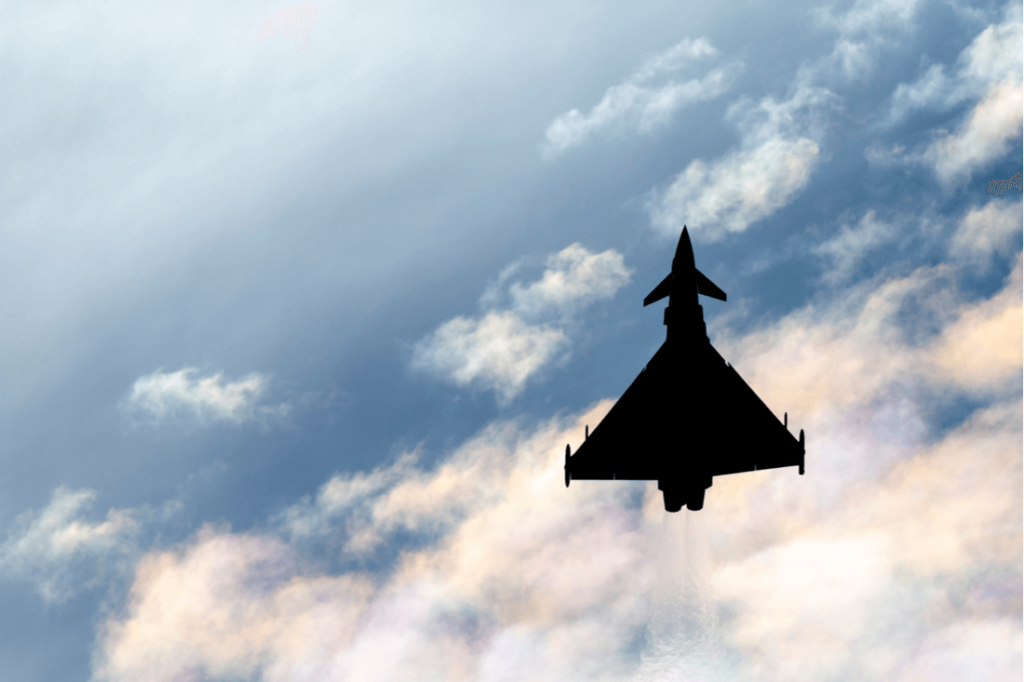Confirming the rumors that spread earlier this summer, Airbus announced its withdrawal from the Canadian fighter jet replacement tender, citing NORAD security requirements and recent changes to the industrial specifications.
Since 2010, Canada has been looking for a replacement for its aging fleet of CF-18. In total, 88 new fighter jets should be acquired, for a contract valued between 15 to 19 billion Canadian dollars (€10 to €13 billion). A month ago, on July 23, 2019, Ottawa formally sent four requests for proposals to several plane manufacturers. The Eurofighter Typhoon, offered by Airbus, was one of the envisioned successors.
However, on August 30, 2019, Airbus announced that it would not compete anymore. “A detailed review has led the parties to conclude that NORAD security requirements continue to place too significant of a cost on platforms whose manufacture and repair chains sit outside the United States-Canada 2-EYES community,” European manufacturer announced in a joint statement with the United Kingdom Ministry of Defence. NORAD is a bi-national organization in charge of defending the United States of America and Canada airspaces.
Airbus was required to demonstrate how it planned to integrate the Typhoon system into the Canada-US intelligence network, known as 2-EYES, without knowing its technical details, according to Canadian media La Presse.
The other point of contention was “the significant recent revision of industrial technological benefits (ITB) obligations [that] does not sufficiently value the binding commitments the Typhoon Canada package was willing to make, and which were one of its major points of focus”. This point likely refers to arrangements made by the Canadian government to allow Lockheed Martin to remain in the tender.
In accordance with the Canadian law on defense procurement, a foreign company must promise to invest the equivalent of the value of a contract into local businesses to strengthen the Canadian industry. However, rules of the Joint Strike Fighter consortium (in which Canada is involved) forbid partner countries from requiring economic benefits as a prerequisite for an aircraft purchase. After being pressured by the United States, which threatened not to enter the tender, Ottawa agreed to drop its conditions.
Airbus is not the first manufacturer to withdraw from the competition. In November 2018, Dassault Aviation also withdrew its candidacy. The reasons given by CEO Eric Trappier in a hearing with the French parliament, on May 22, 2019, echo those given by Airbus today. Not only did Trappier cite NORAD to explain the decision, but also the impossibility for foreign manufacturers to acquire certain specifications set by a security network (“Five Eyes” in the case of Dassault). Earlier this year, sources in the industry had reported that Boeing, Airbus, and Saab all accused the process of being rigged in favor of Lockheed Martin.
Three out of the five manufacturers that were initially solicited remain in the competition: Boeing and its F-18 Super Hornet, Lockheed Martin’s F-35, and Saab with the Gripen E/F. However, the offer of Saab seems as threatened as Dassault’s was, as it will also have to face both the NORAD and the Five Eyes “secret” requirements. The name of the winner should be announced at the beginning of 2022. The first deliveries are expected to begin three years later.

